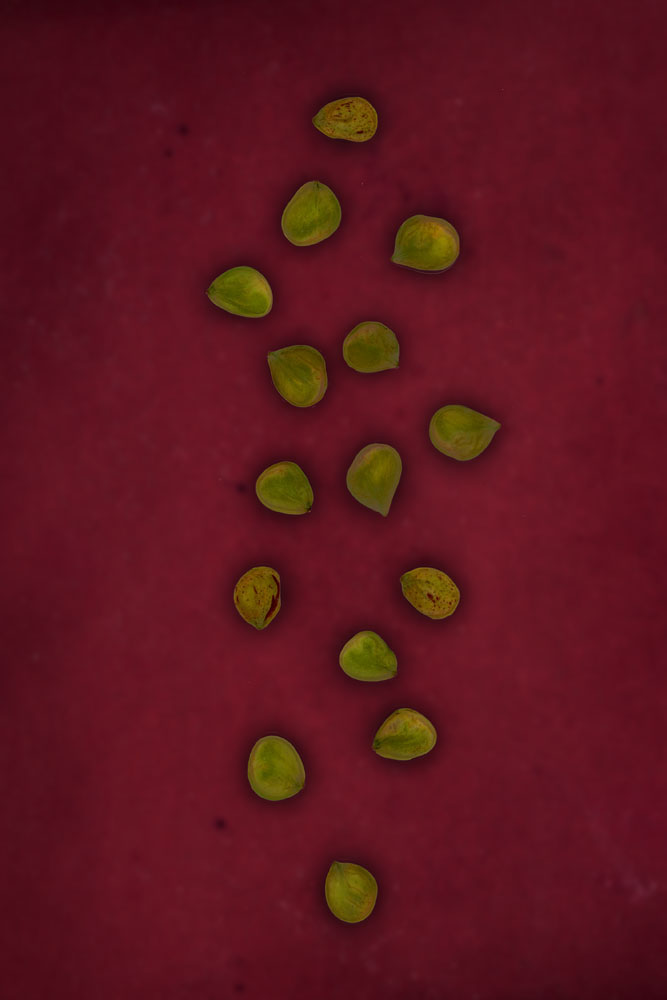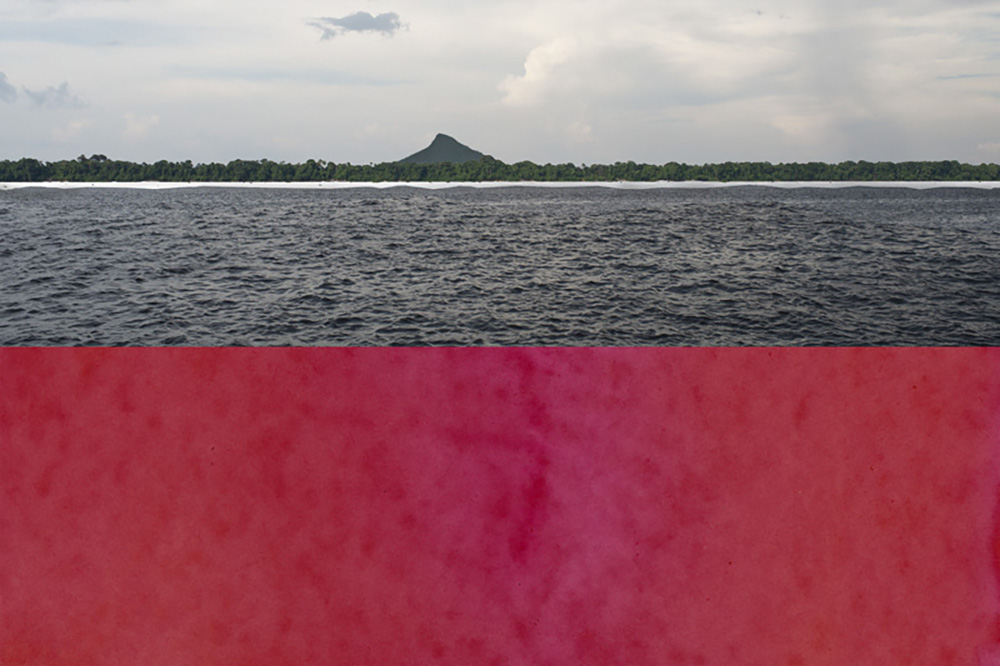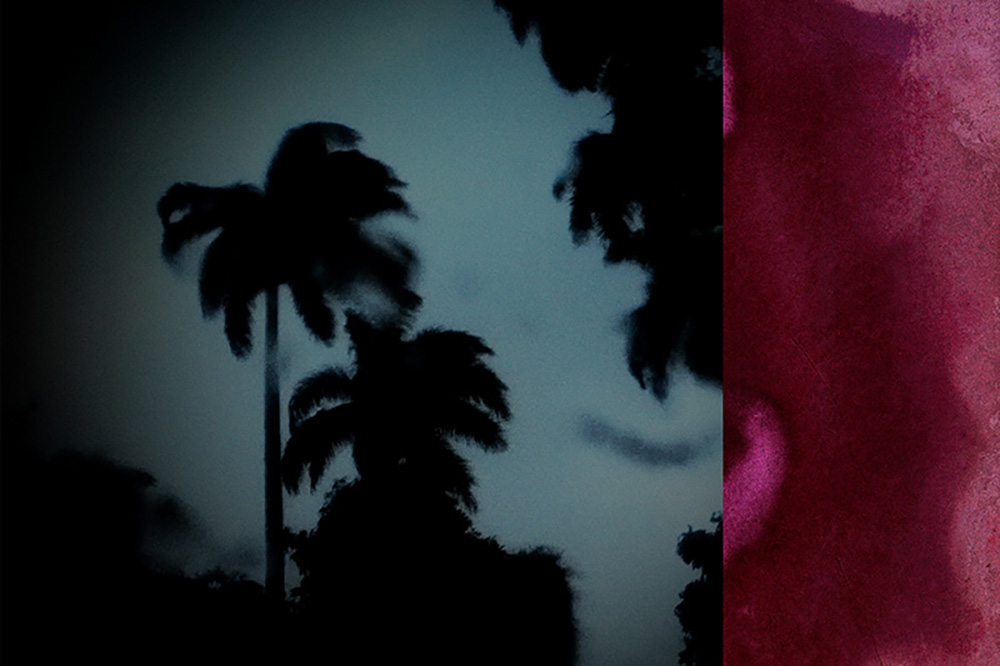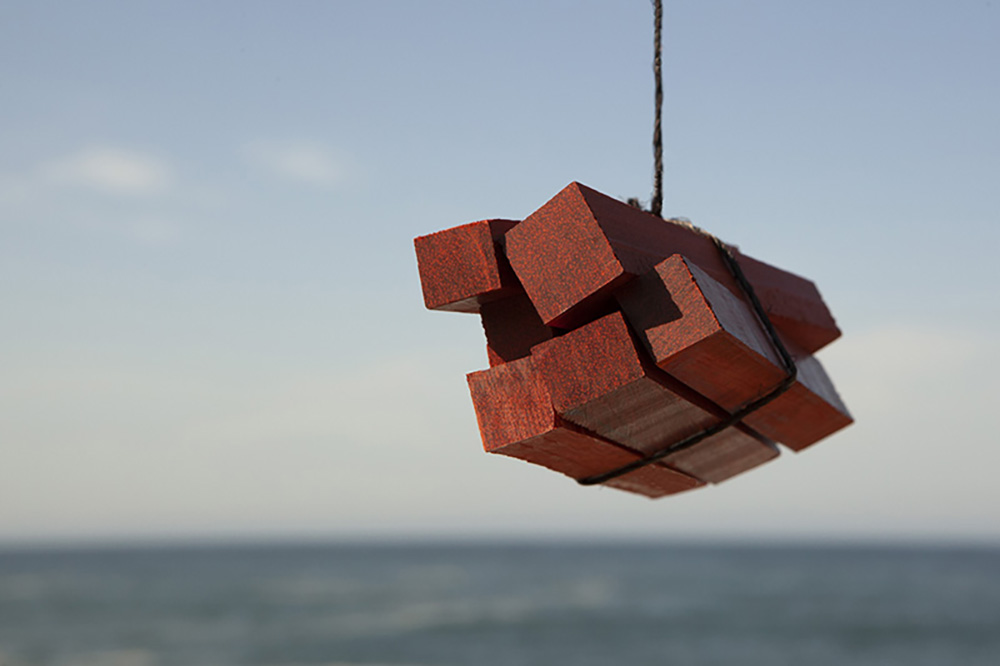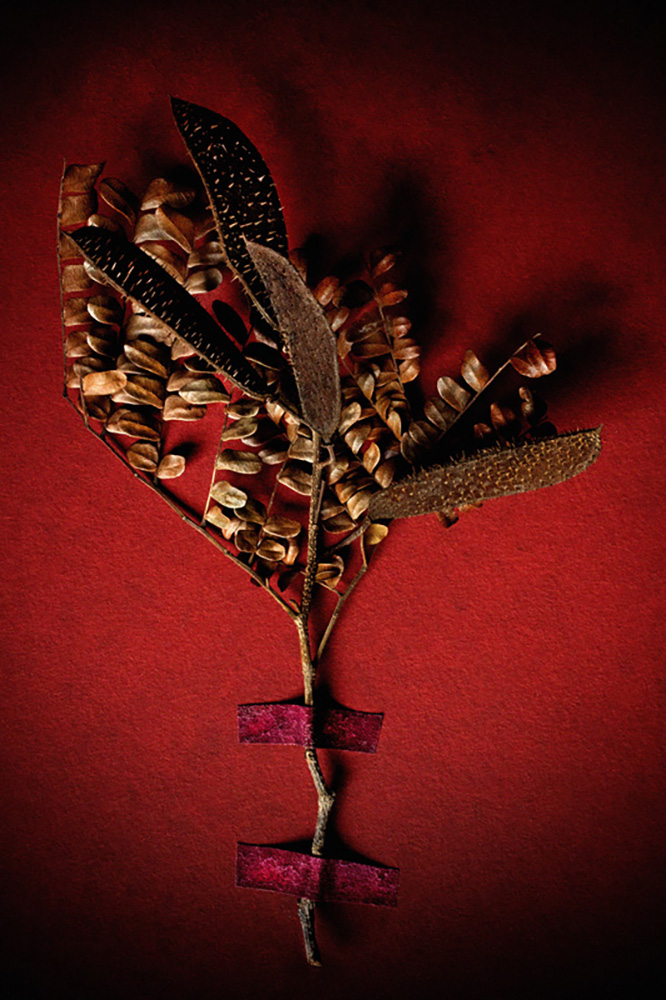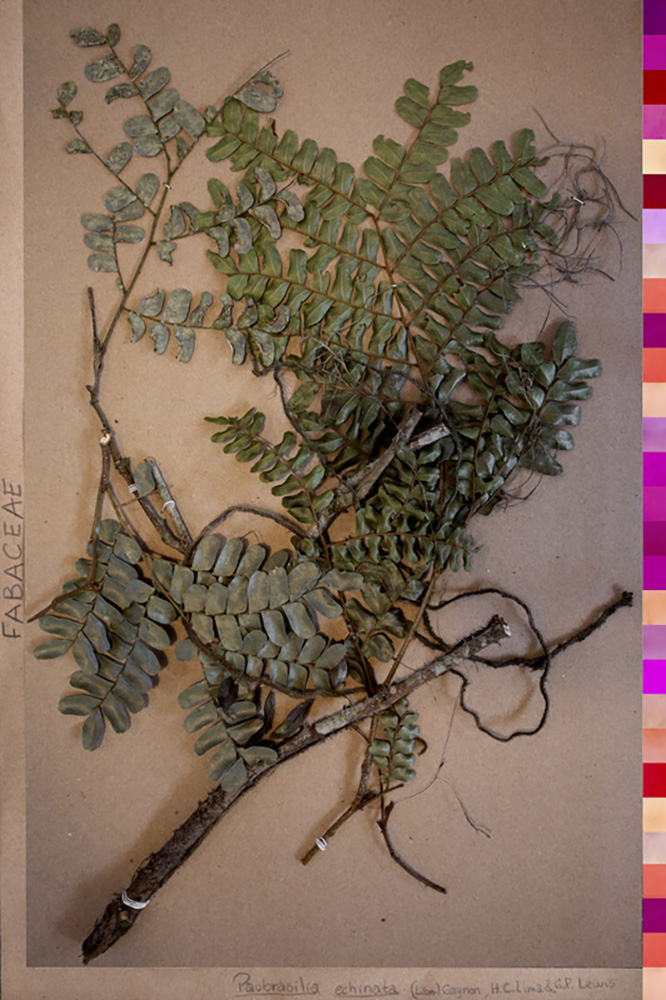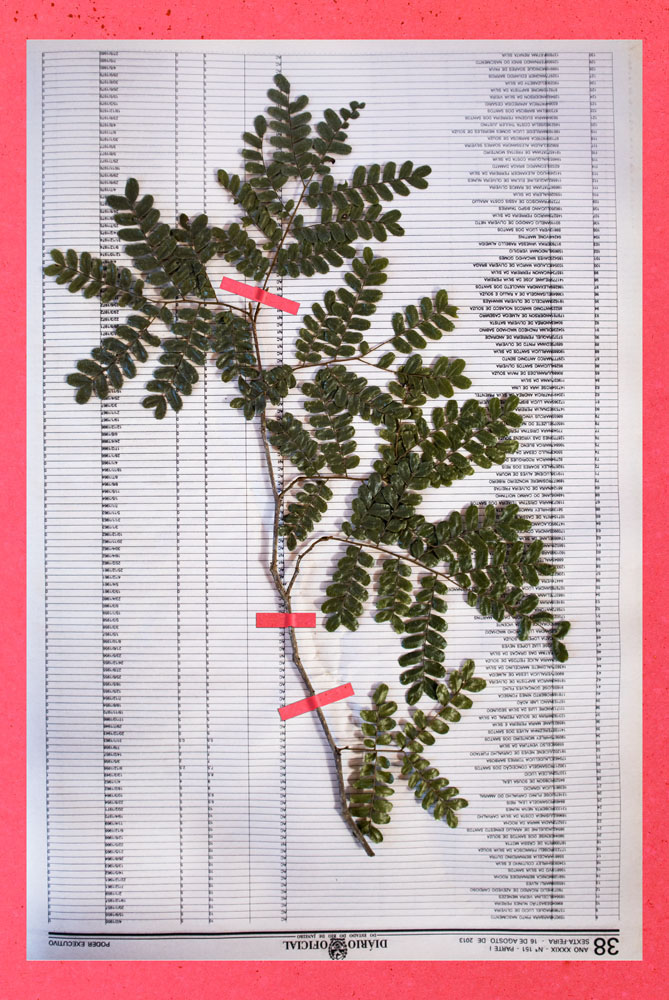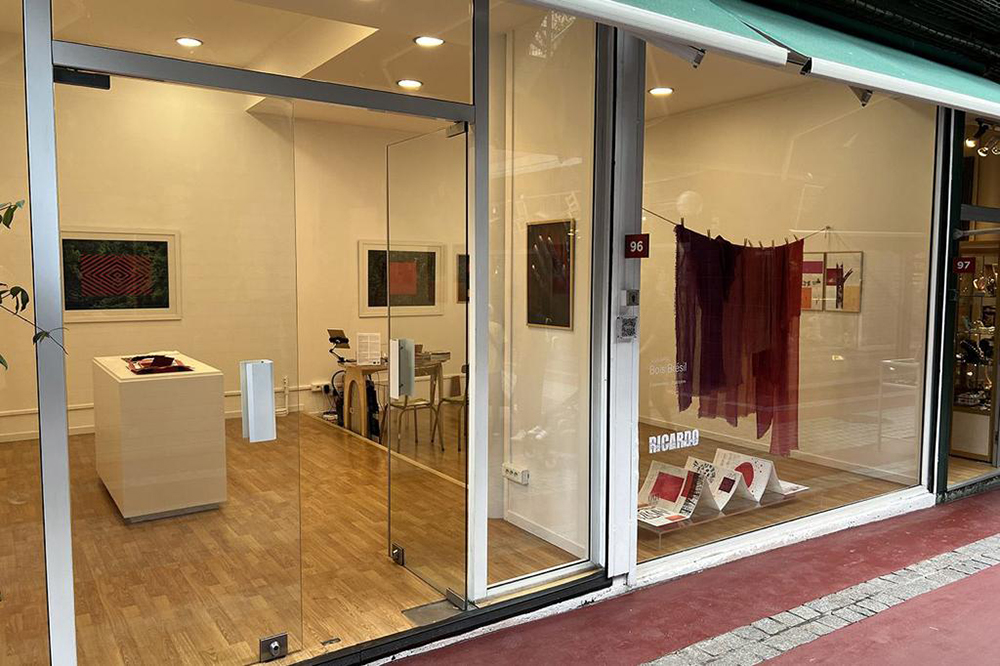Brazil Week: José Diniz
This week once again we will dive into the diverse Brazilian Photography presenting incredible works by Aline Motta and Eustáquio Neves, both at the current 35º Bienal of São Paulo, Claudia Jaguaribe, José Diniz and Celina Portela, addressing various themes such as environment issues, ancestry, racism, dance and movement, through instigating approaches.
Today we feature José Diniz and an interview with the artist follows.
José Diniz was born in Niterói and lives in Rio de Janeiro. He studied photography at UCAM (Cândido Mendes University) in Rio de Janeiro, Museum of Modern Art of Rio de Janeiro (RJ) and School of Visual Arts in Parque Lage (RJ).
Author of the Literariamente (São Paulo, 2009) and Periscope (São Paulo, 2014) nominated as one of the best books of 2014 by ICP, MEP, Lens Culture and others, he has participated in several publications in Brazil and abroad. Currently he has also produced many artist books that are in various collections in Brazil, Argentina, the United States and Europe.
In January 2013 his portfolio was published by British Journal of Photography as the “Ones to watch – The talent issue”. In 2012 won the prize of Marc Ferrez of Photography – FUNARTE (National Art Foundation, Ministry of Culture) with the project MARESIA which will show the exhibition at the Cultural Center of the Federal Court in Rio de Janeiro in 2013. In 2011 participated in the exhibition International Discoveries III, a bienal selection of 12 photographers in the world by the FOTOFEST – USA curators.
Instagram: @zedudiniz
For 350 years, tens of millions of pau-brasil (Paubrasilia echinata), or Brazilwood trees, were cut down, shipped to Europe, and reduced to powder for the production of reddish dye for the clothing of the European nobility. Meanings of power were attributed to their colors. Along with other trees, the pau-brasil was subtracted from the Atlantic Forest biome, currently reduced to 7% of the original vegetation, being practically eliminated from the forest. Frighteningly, a similar process is underway in the Amazon, a biome that may suffer the same fate as the Atlantic Forest.
Pau-brasil, our founding plant, is unknown to a large part of the Brazilian people, and has been almost eliminated from our culture. At school, we learned a romanticized version of the history of colonization and exploitation of this species, a version that overshadows the violence with which it was uprooted from our soil with indigenous and African slaves. When arriving in the Old World, the tree turned color. Its trunk was transformed into the element that gave red tones to clothes between the 16th and 19th centuries.The infusion of sawdust from the core of the stem results in a liquid of varying shades, depending on the reaction caused by the added chemical elements and even the material from the repository used. Its tones can vary: crimson, carmine, scarlet and orange, among others in this hue.
Pau-brasil remains today under threat of extinction, and at the same time as an image that represents what we still are as a country. The present work in progress is a historical reflection through an aesthetic and critical proposal about the events that involved pau-brasil during the last six centuries and that, in a certain way, are reflected in the current Brazilian economic, political, social, and environmental situation. This work is yet another result of the author’s in-depth research into the pau-brasil theme, including the production of books, photographic essays, collages, prints, and experiments involving history, cartography, botany, environment, study of colors and dyeing in fabrics and papers.
What led you to work with photography? And what keeps you connected to it?
Since my childhood I have had a great experience with visual arts and photography. My father was an artist and drawing teacher and his studio, which was part of our house, was a space for a lot of experience and learning. I had all kinds of tools available to paint and develop various other skills handling wood, iron, leather and paper.
On the other hand, there was my grandfather who was an amateur photographer and one of the founders of the Sociedade Fluminense de Fotografia, to this day one of the main active photo clubs in Brazil. He was the one who gave me my first camera, which I still use today.
I currently work with video, engraving, screen printing and sculpture, but my focus is photography, which is the basic tool in my work process.
What motivates you to start a new project? Do personal experiences influence you when choosing themes for projects?
What motivates me a lot is the possibility of contributing critically to environmental causes as well as being able to transmit my artistic experience to the public. Within this line, I look for themes that find connections in environmental issues. In addition to the sea, I have already developed work in the Brazilian Cerrado and Amazon biomes. I am currently carrying out in-depth research with Pau-Brasil, which is a tree from the Atlantic Forest biome. This project involves several areas of knowledge such as history, botany, environment, dyeing, etc.
From what I see of your work, we can say that the artist’s book is a fundamental part of your process. Could you talk a little about this practice?
My work process is a learning cycle that works in several phases, from the research stage, through the experimentation stage to the production of the artist’s book. For me, this artifact is a fundamental tool in the creative process, which is cyclical, as new ideas emerge when evaluating each result, opening new paths.
In my workflow, countless artist books are produced, each one originating from some point in the research. The architecture of an artist’s book is also designed according to the theme and form of presentation. In addition to the edition, the paper, the type of binding to be used, the cover and other unconventional materials that may be included are considered in production. Always in connection with the research concept. A book can be produced in the traditional format of pagination, or accordion, or loose sheets… All of this imagining what the interaction with the public, handling or display at an exhibition will be like.
Most of the books I produce are unique and used in my cycle of experimentation and learning, as I already mentioned. However, I can decide for the artist’s book to be unique, have different versions or even create a production line of between 5 and 30 copies, depending on the distribution strategy I want to adopt for circulating the work. All of this can influence the book’s architecture, role to be adopted, etc.
Finally, the artist’s book, in my case, is a fundamental tool for future exhibition curations and publication of graphic books. In other words, I can hand over my works to a curator or an editor and they organize them according to the format to be discussed with the public.
In the Pau Brasil project, your research is extremely comprehensive with several developments. When you started the project, did you already have an idea of the magnitude it would have?
I already had an idea how big this project would be because it involves many areas of knowledge such as history, botany, anthropology, dyeing, among others. Furthermore, I work with many types of media that are defined according to the concept of the theme I am working on, influencing the decision of the media to be adopted, whether photography (being the main one), engraving, video, fabrics and even sculpture.
The research began during the pandemic, when I identified specimens of the Paubrasilia Echinata (Brazilwood) tree in my surroundings, unfolding in different ways. I made an inventory in which I recorded around 160 trees spread throughout the neighborhood. This type of planting represents a benefit in the urban environment, but it is not enough in genetic terms to preserve these trees in their native environment, the Atlantic Forest, from which they were practically eliminated during 350 years of exploitation.
What’s next?
Today I am very focused on the Pau-brasil project and I see many demands on this research. Strategically I need to think about circulating this work with exhibitions and book publications. However, from this work there may be developments along this same line in the environmental area. I really want to develop a project about the Atlantic Forest biome.
Coming from a patriarchal family in the Northeast of Brazil, Ana Leal began her path in the art world when she decided, almost at age 50, to dedicate herself fully to her old passion: photography. With a female gaze and perspective, Leal focuses her research on psychological themes.
Born in Recife and based in São Paulo, Leal is an artist who works primarily in photography exploring themes of fragility, temporariness, and impermanence. Inspired by impressionism and minimalism her images share an abstract aesthetic.
Leal is a Gold Award winner at the 2020 TIFA and the 15th Julia Margaret Cameron Award Winner in the abstract category. She also received a Bronze Medal at the ND Awards 2021 and Honorable Mentions at the IPA 2021, Rotterdam Photo 2021, Prix de La Photographie Paris 2019, and The 15th Pollux Awards. She completed her MFA at the Miami International University of Arts and Design (2018) and the Professional Photography Course at the Pan-American School in São Paulo (2013). Her work is part of the Florida Museum of Photographic Arts – FMoPA collection. She works also as a content editor for South America at Lenscratch.
Instagram: @analealphoto
Posts on Lenscratch may not be reproduced without the permission of the Lenscratch staff and the photographer.
Recommended
-
Salua Ares: Absense as FormNovember 29th, 2025
-
Ricardo Miguel Hernández: When the memory turns to dust and Beyond PainNovember 28th, 2025
-
Pamela Landau Connolly: Columbus DriveNovember 26th, 2025
-
KELIY ANDERSON-STALEY: Wilderness No longer at the Edge of ThingsNovember 19th, 2025
-
Jackie Mulder: Thought TrailsNovember 18th, 2025

